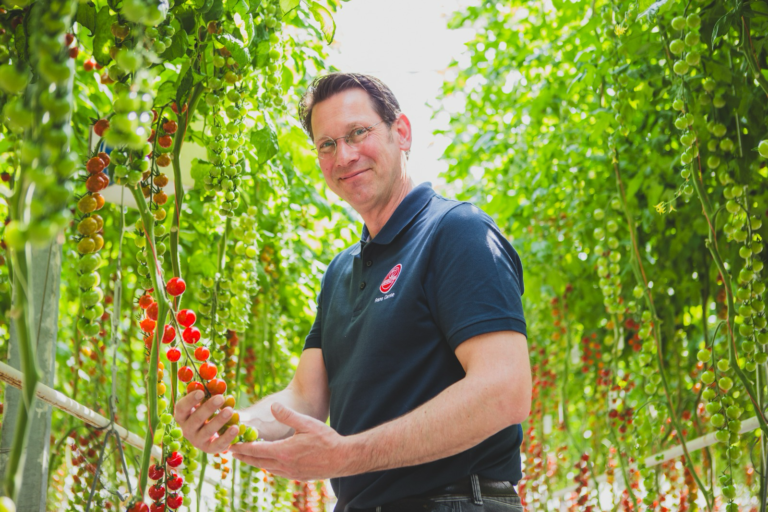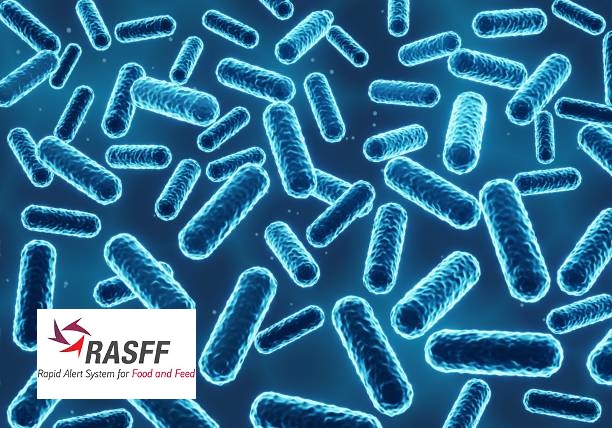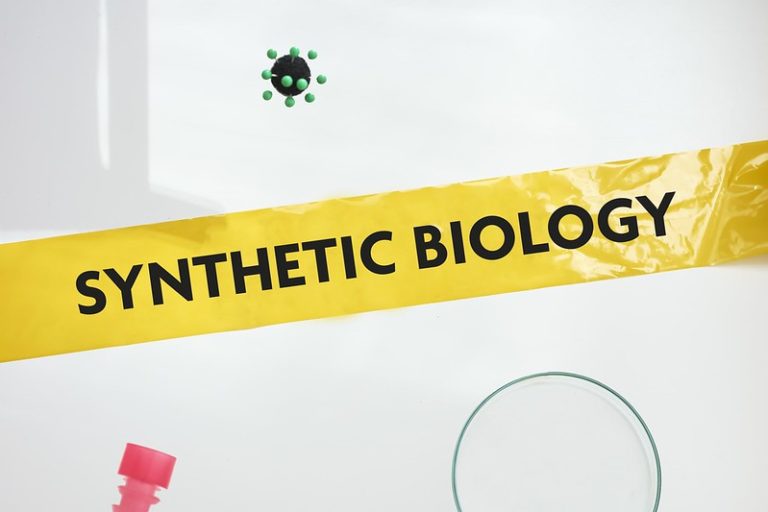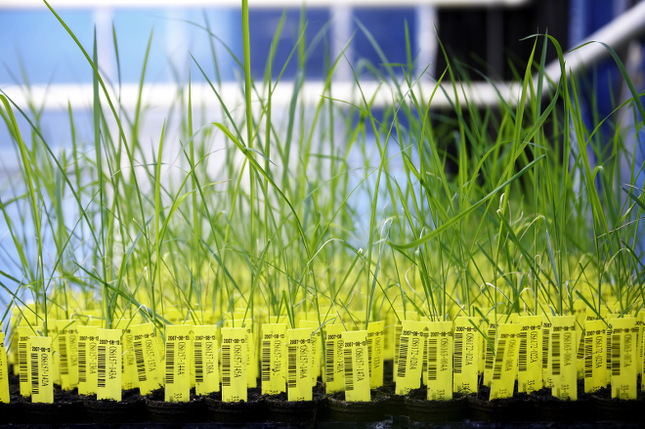GMOs : making animals sick to hope to cure us
In 2019, in France, 1,865,403 animals were used for experimental purposes [1]. This number of animals was fairly stable between 2015 (414,164 of which 89,708 with a damaging phenotype) and 2017 (428,606 of which 53,076 with a damaging phenotype), but a peak was observed in 2018 : 484,463 animals of which 56,412 with a damaging phenotype ; of these, 61,357 carry a phenotype that is damaging for the animal. This subgroup includes mainly mice, rats and zebrafish, but also 45 dogs (in particular from dog lines carrying a gene that induces a form of myopathy, on which treatment options are being tested). In the European Union, in 2019, 2.66 million uses of AGMs were registered, 17% of which had a damaging phenotype [2].
There are few truly significant « animal models » for human disease, but it is considered that it is sufficient for the animal to develop some features of the disease to improve knowledge of the pathophysiology. The techniques used developed in the 1980s. They may involve insertion, inactivation or mutation of genes, via additive or subtractive transgenesis techniques. The advent of new genetic modification techniques (such as that using CRISPR/Cas9) has led to the development of Clustered Regularly Interspaced Short Palindromic Repeats, known as CRISPR, which are families of repeated sequences in DNA. The CRISPR/Cas9 system is used as a molecular scissors to introduce local modifications to the genome of many organisms]) has further facilitated and multiplied these manipulations. The objectives of these experiments are primarily fundamental or applied research, covering a very broad spectrum of diseases.
To these data, we must add the animals killed on farms without having been included in experiments [3] :
- animals produced, bred and killed from the creation of a new genetically modified line but not showing the desired characteristics : 61 205 ;
- animals bred and killed during the maintenance of a genetically modified line (supernumerary, sick…) : 609,996.
The result is that, in total, this activity leads to the killing of around 1.1 million animals each year, more than half of which are « for nothing » ; it is far from respecting the animal, « sensitive creature », according to the terms of the 2010 European directive on the use of animals for scientific purposes.
In China and Japan, these genome modifications also concern non-human primates. The aim is to create lines of animals carrying a pathogenic gene in order to have an animal model that is physiologically, anatomically and genetically similar to us, with certain characteristics of a human disease, usually a neurological disease, which monkeys do not develop spontaneously. To save time, researchers are also using the cloning method. For example, in June 2019, a gene involved in autism (SHANK3), which has already led to many mice having difficult social behaviours (without having made much progress on the subject), was introduced into the genome of macaques [4]. They showed sleep and motor disorders and increased repetitive behaviour, as well as social and learning disorders.
These experiments were seen as both technical feats and dangerous experiments in terms of their ethical consequences. Some people are concerned that Europe is lagging behind China, which is less cautious about the conduct of animal experiments, although it is not certain that « the lead » is real [5]. An article weighed up the burden of neurodegenerative diseases, the promise of these genetic technologies in primates and the ethical questions raised by organizations in Europe and the United States [6]. But this article forgets to discuss the possibilities of alternative methodologies (organs on a chip, computer simulation, etc.) because the animal model with an invasive act is so deeply rooted in people’s minds. As a result the conclusion is that Western countries risk losing ground to China and Japan in terms of knowledge production.
Users recognise that there is an ethical problem, but it seems that raising the issue is enough to eliminate it, conveniently, in a fine exercise in cognitive dissonance.
Some procedures go further by manipulating embryos or pluripotent stem cells from different species to create chimeras, animals with different genetic heritages. One of the objectives is to better understand embryonic development. Another objective is the development of ’humanised’ organs in animals, which could then be transplanted into patients awaiting transplants. This represents the worst that can be imagined in terms of exploitation and reification of the animal. For example, human stem cells have been implanted into a sheep embryo, which is then has been reimplanted into the uterus of a sheep ; the portion of the genome that controls the formation of the pancreas has been previously deleted in the embryo, and human genes are supposed to take its place [7]. At this stage, the embryos are destroyed prematurely, but the authors promise that one day it will be possible to have human pancreases developed in sheep.
The history of xenografts is a long history of failure [8]. In the recent period, genetically modified pig organs (kidney, heart) have been transplanted into primates [9]. And in January 2022, in the United States, a genetically modified pig heart [10] was transplanted into a heart failure patient, who survived for two months. The medical obstacles are still considerable if we want to avoid making the recipient completely immunocompromised, with the risk of developing infections transmitted by the animal tissue ; by the way, the graft of this American patient was precisely infected by a pig virus ! However, there are other research directions for producing tissues and organs that could possibly be transplanted to humans, in addition to the development of organ donation : bioprinting, artificial organs (heart, kidney, pancreas, etc.), with greater reliability and safety.
In line with this work, some teams have created monkey-human chimeras from macaque embryos, Yet, the 2011 bioethics law stated that « the creation of transgenic or chimeric embryos is prohibited » [11]. But the revision of this law in 2021 lifts this ban, provided that it is animal embryos into which human stem cells are implanted, and not vice versa. At the beginning of 2021, without waiting, and without respecting the 2011 law, a team from Lyon published a study in which induced human pluripotent stem cells were inserted into macaque embryos [12]. The chimeric embryos lived for a few days, but the goal was to continue development for longer, until chimeric animals were born [13].
In 2015, the NIH (National Institute of Health), in the United States, indicated that it would stop funding this type of studies before going back to ethical reflection [14]. This moratorium was partly lifted in 2016, with certain conditions, especially to avoid the brain of these new beings being contaminated by human cells. The debates on this topic are threefold : the impact on the well-being and interests of these living beings, the use of human embryonic materials, and safety (risk of zoonosis) [15].
Researchers argue that they know the limits and will never, ever cross the red line represented by central nervous system chimeras. But we have seen above that Chinese teams are already « having fun » modifying genes involved in the functioning of the central nervous system in the macaque. The insertion of neurons from the human cortex into the brain of a mouse has also been tested. In fact, the red line has already been crossed. The risk is to get used to it and conclude that we can push back the ethical « constraint » even further.














